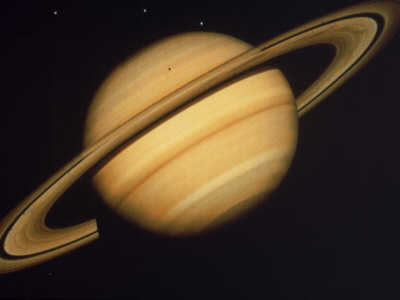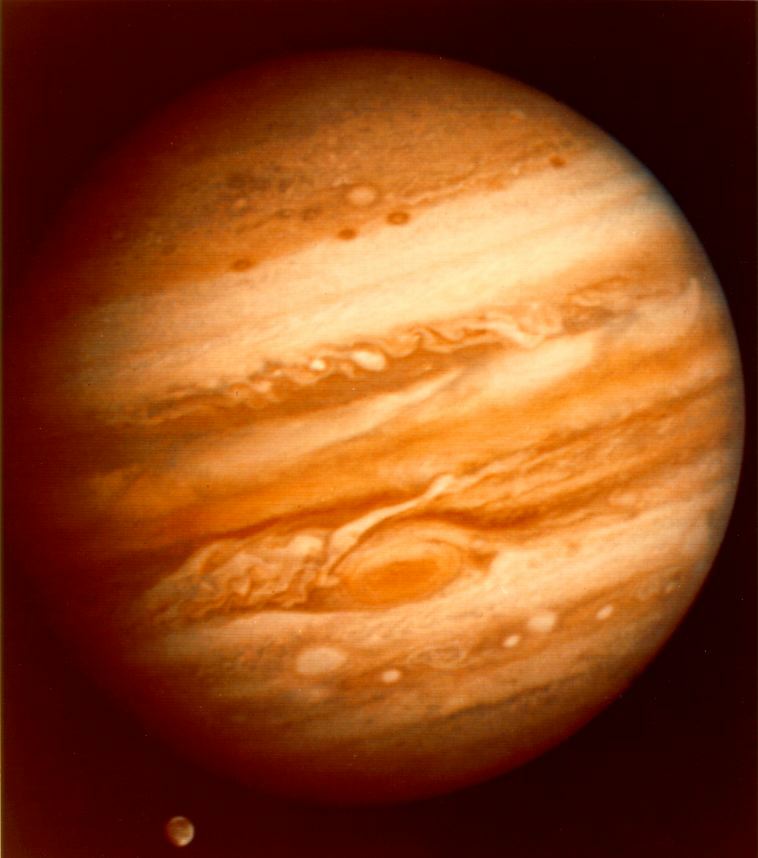EARTH AND UNIVERSE
Tuesday, December 6, 2011
Monday, December 5, 2011
Current Issue about the Solar System
By the end of the International Astronomical Union (IAU) General Assembly on 24 August 2006 at Prague,the IAU therefore resolves that planets and other bodies,except satellites,in our solar system be defined into three distinct categories in the following way:
1.A planet is a celestial body that:
a) is in orbit is round the Sun,
b) has sufficient mass for its self-gravity to overcome rigid body forces so that it assume a hydrostatic equilibrium (nearly round) shape,and
c) has cleared the neighbourhood around its orbit
The eight "planets" are Mercury,Venus,
Earth,Mars,Jupiter,Saturn,Uranus and Neptune.
2. A "dwarf" planet is a celestial body that:
a) is in orbit around the Sun
b) has sufficient mass for its self-gravity to overcome rigid body forces so that it assumes a hdyrostatic equilibrium (nearly round) shape.
c) has not cleared the neighbourhood around its orbit.
d) is not a satellite
Solar system objects now classified as dwarf planets are,Ceres,Pluto,Eris,Makemake an Haumea.
3. "small solar system Bodles" referrd all other objects (solar system asteroids,most Trans-Neptunian Objects (TNOa),comets,and other small bodies axcept satellites orbiting the sun.
Sunday, December 4, 2011
Pluto
Pluto is named after the Greek God of the under world. Pluto is the only planet in the Solar System which has not been visited by a spacecraft. The orbit of Pluto is the most elliptical of all the planets and in 1989 it was 'perihelion', when it come closer to the Sun than Neptune. Pluto is so small that it is only about one-sixth of the diameter of the Earth.
Characteristics of Pluto
Mass : 11.9421kg
Radius : 1,150 kg
Mean dansity : 2.0 g
Neptune
 |
Neptune is an apparent twin of Uranus internally, composed of hydrogen and helium, but with much more carbon, nitrogen, and oxygen than Jupiter and Saturn. The outermost of the four 'gas giant' planets, discovered in the year 1846 as a result of a prediction by the French astronomer Urbain Leverrier. There are at least 13 moons, including Triton, which has thin atmosphere, and Nereid
Characteristics of Neptune
1. Mass : 102.7 x 1024 kg
2. Radius : 24,750 km
3. Mean density : 1.7g/cm3
4.Rotational Period : 0.67 days
Saturday, December 3, 2011
Uranus
Uranus is surrounded by a thick atmosphere of helium,hydrogen and methane.But unlike the other "cloudy" planets it has hardly any cloud markings. The most exciting thing about Uranus is the tilt of its axis.The axis is so tipped over that during its "year" the sun can shine almost overhead at each pole,and parts of its surface are bathed in continuosus day,and then continuous night,for almost 40 years.
Characteristics of Uranus
1. Mass :8.7 x 10 25 kg
2. Polar Radius : 25,500 km
3. Mean density : 1.3 g / cm3
4.Rotational Period : 17.2 h
5. Orbital period : 84.01 years
6. Mean distance from the Sun : 2.87 billion Km
Saturn
 |
Saturn used to be known as the planet with 'the rings'. Ring systems have now discovered around three neighbouring planets but Saturn's rings are by far the brightest. This planet rotates very fast but not faster than Jupiter and this rapid rotation causes it to bulge at its equator and flatten at its poles.
Rings of Saturn
The rings of Saturn were observed close up by Voyager sapcecraft.The rings have particle-size distribution ranging up to several meters.They are probably made of water ice-possibly created by break up of a moon which came too near Saturn.The rings show a complex structure including several divisions and innumerable 'ringlets".
Characteristics of Saturn
1. Mass : 5.69 x 1026 kg
2. Polar Radius : 53,500 km
3. Mean density : 0.69 g / cm3
4. Equatorial radius : 60,000 km
5. Rotational Period : 10 h 14 min
6. Orbital period : 29.5 years
7. Mean distance from the Sun : 1,427 million Km
Jupiter
 |
Jupiter is the largest planet in the Solar System. It is so large that thousand Earths could fit inside it.But it spins so fast that its day is less than 10 hours long. This rapid spin has made its equator bulge outwards.
Moons of Jupiter
The Jovian moons number more than 60,including the four large satellites namely Callisto,Europa,Io,Ganymede discovered by Galileo,which are distinct worlds in themselves and lie in near-circular orbits in an equatarial plane.
Characteristics of Jupiter
1. Mass : 1.901 x 1027 kg
2. Radius : 66,750 km
3. Mean density : 1.33 g / cm3
4. Equatorial radius : 71,400 km
5. Rotational Period : 9 h 55 min 41 s
6. Orbital period : 11.9 years
7. Mean distance from the Sun : 778.34 million Km
Subscribe to:
Posts (Atom)
